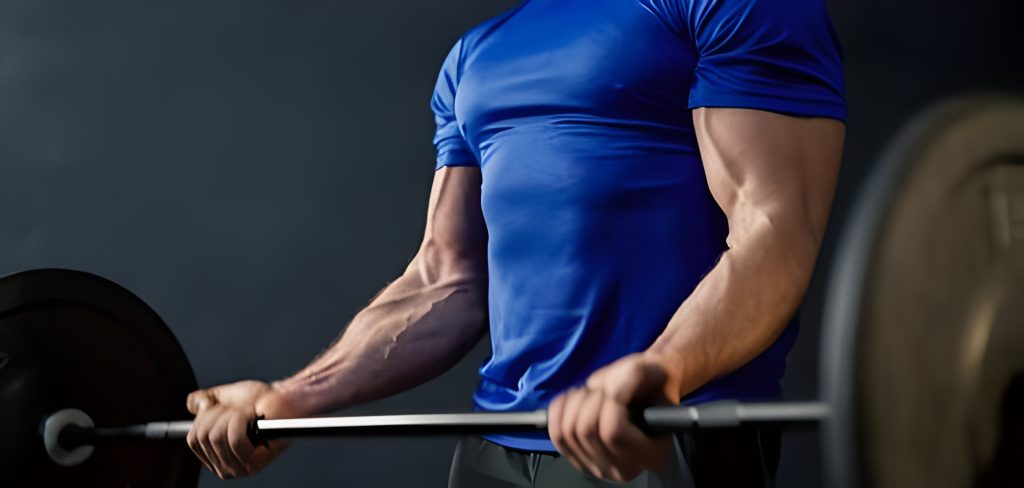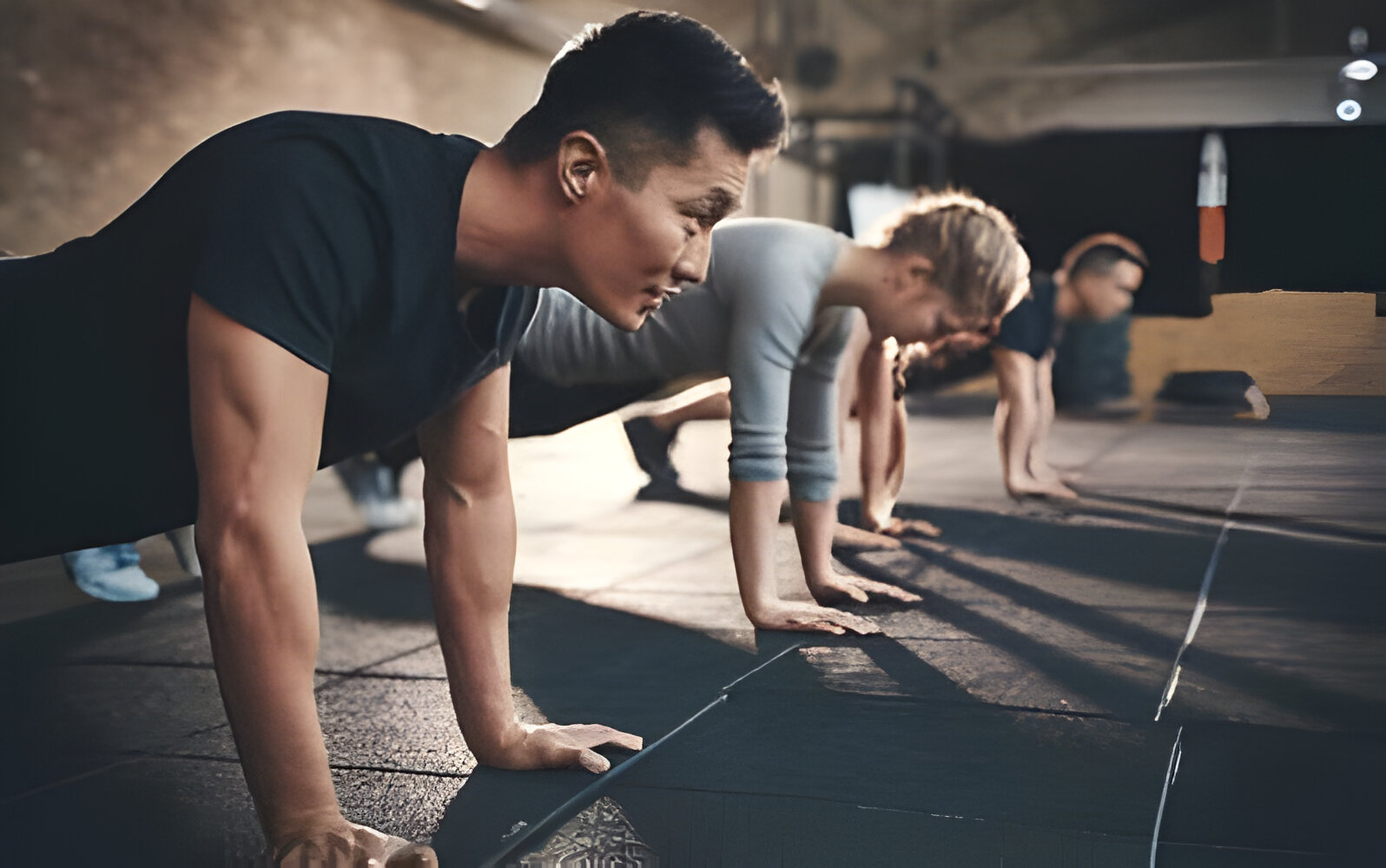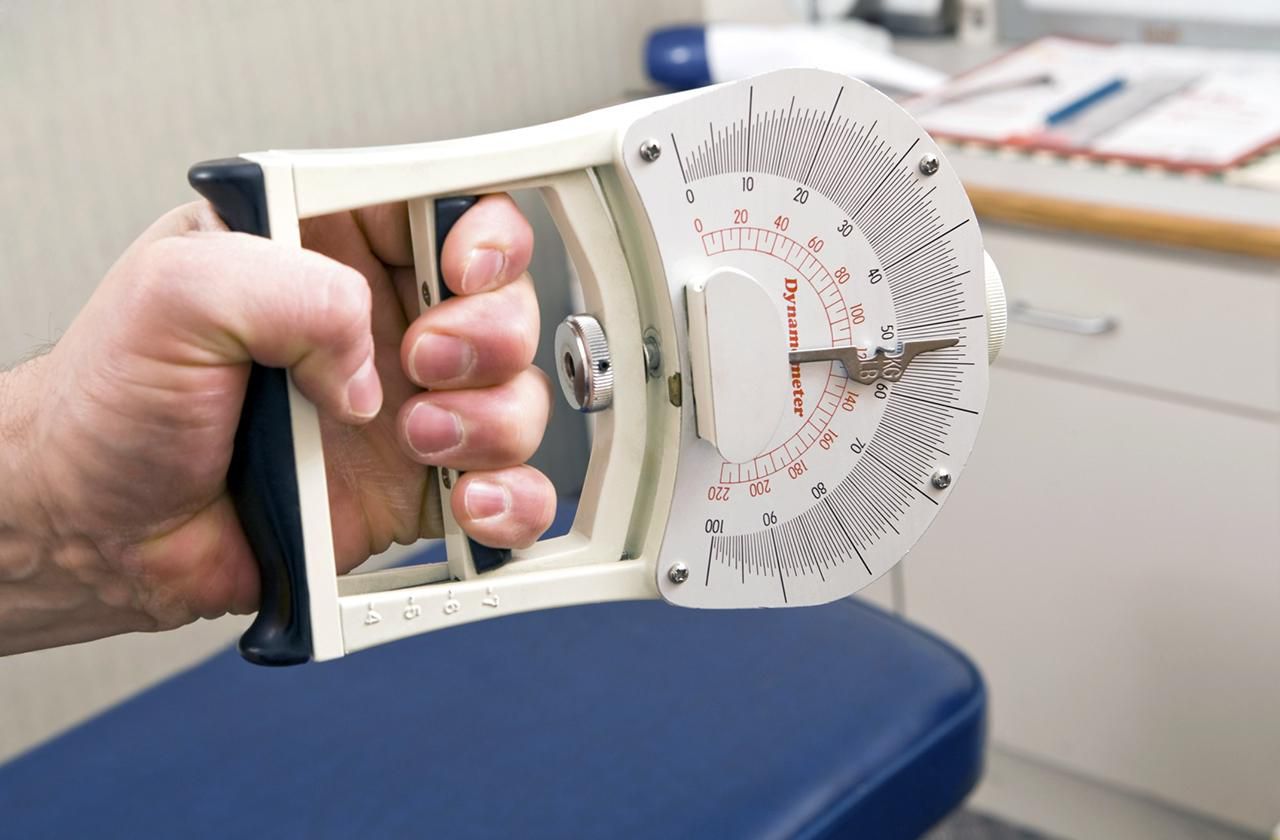To test muscle endurance, perform exercises that involve repetitive movements with moderate resistance over an extended period of time. This can include activities such as push-ups, planks, or squats, aiming for as many repetitions as possible until the muscles become fatigued.
By monitoring the number of repetitions and sets completed, you can gauge the endurance level of your muscles. It’s important to maintain proper form throughout the exercises and gradually increase the intensity or duration to improve endurance over time. Testing and improving muscle endurance can lead to enhanced athletic performance and functional strength in everyday activities.

Basics Of Muscle Endurance
Discover the basics of muscle endurance and learn how to effectively test it. Through various exercises and techniques, you can evaluate your strength and stamina to improve overall fitness and performance.
Definition Of Muscle Endurance
Muscle endurance is the ability of a muscle or group of muscles to repeatedly exert force or resist fatigue over an extended period of time. It is a crucial component of physical fitness that plays a role in various activities, from everyday tasks to athletic performance. Unlike muscle strength, which refers to the maximum amount of force a muscle can generate in a single effort, muscle endurance focuses on sustaining muscle contractions for an extended duration.
Difference Between Strength And Endurance
While both strength and endurance are important aspects of physical fitness, there are key differences between the two. Strength relates to the maximum amount of force a muscle can produce, emphasizing short bursts of intense effort. On the other hand, muscle endurance emphasizes the ability to sustain muscle contractions over a longer period of time without experiencing significant fatigue.
In simpler terms, strength is like a sprinter who can exert a tremendous amount of power in a short race, while endurance is like a marathon runner who can maintain a steady pace over a long distance. Both are valuable, but they require different training approaches.
To improve muscle endurance, it is essential to focus on exercises and techniques that target the muscles you want to enhance. Here are some fundamental rules to remember:
1. Vary your exercises: Engage in different types of activities that target different muscle groups to ensure overall muscular endurance improvement.
2. Progressive overload: Gradually increase the intensity, duration, or frequency of your exercises to challenge your muscles and promote endurance development.
3. High repetition, low resistance: Perform exercises with lighter weights and higher repetitions, as this helps build muscular endurance without excessive strain or fatigue.
4. Circuit training: Incorporate circuit training into your routine, which involves alternating between different exercises with minimal rest in between sets. This method helps in building both strength and endurance.
5. Proper rest and recovery: Allow sufficient time for your muscles to recover and rebuild before engaging in a similar exercise routine. Adequate rest is crucial for preventing injury and maximizing endurance gains.
Remember, building muscle endurance takes time and consistency. Be patient, stay motivated, and gradually increase the intensity of your workouts to achieve long-lasting results.
Common Tests For Muscle Endurance
Muscle endurance is an essential component of overall fitness, as it allows you to sustain muscular activity over an extended period. There are several common tests that can be used to assess muscle endurance, providing valuable insights into your physical capabilities. These tests include the Push-Up Test, Plank Test, and Wall Sit Test.
Push-up Test
The Push-Up Test is a popular method for evaluating upper body muscular endurance. To perform this test, assume a push-up position with your hands placed slightly wider than shoulder-width apart and your body in a straight line from head to heels. Lower your body until your chest touches the floor and then push back up to the starting position. The maximum number of correctly performed push-ups completed without rest determines your muscle endurance level.
Plank Test
The Plank Test is an effective way to assess core muscle endurance. Start by assuming a push-up position and then bend your elbows to 90 degrees, resting your weight on your forearms. Maintain a straight line from head to heels while holding this position for as long as possible. The duration of time you can hold the plank without breaking form is indicative of your core muscle endurance.
Wall Sit Test
The Wall Sit Test is a simple yet challenging evaluation of lower body muscle endurance. Begin by positioning your back against a wall and lowering your body until your thighs are parallel to the ground, forming a seated position. Hold this posture for as long as possible, with the elapsed time serving as a measure of lower body muscle endurance.

Specialized Techniques
When it comes to testing muscle endurance, specialized techniques can provide a more in-depth understanding of an individual’s capabilities. These techniques offer a comprehensive analysis of muscle function, helping to identify any weaknesses or imbalances. Two key specialized techniques for testing muscle endurance are Isokinetic Testing and Electromyography (EMG).
Isokinetic Testing
Isokinetic testing is a valuable method for evaluating muscle endurance and strength. This technique involves using specialized equipment that controls the speed of movement, ensuring that the muscle is working at a constant speed throughout the range of motion. By measuring the muscle’s force output, isokinetic testing provides detailed information about muscle performance and endurance. The data obtained from this test can help in designing targeted training programs that focus on improving specific muscle weaknesses.
Electromyography (emg)
Electromyography (EMG) is another specialized technique used to assess muscle endurance. It involves the placement of small electrodes on the skin or directly into the muscle to record the electrical activity produced during muscle contractions. EMG provides valuable insights into the activation and recruitment patterns of muscles during various tasks, allowing for a detailed analysis of muscle endurance and fatigue. This information is essential for developing tailored training plans to address any muscle endurance deficiencies.
Equipment For Testing
When testing muscle endurance, having the right equipment is crucial. Different tools are used to measure the endurance of various muscle groups. Here’s a look at the essential equipment for testing muscle endurance.
Handheld Dynamometer
A handheld dynamometer is a compact device used to measure the strength of specific muscle groups. It provides precise, user-friendly measurements and is especially useful for testing upper and lower body muscle endurance. The dynamometer is held in the hand while the individual performs the specific muscle contraction against the resistance of the device.
Blood Pressure Cuff
A blood pressure cuff is another versatile tool that can be used to assess muscle endurance. When wrapped around the limb, it can measure the force exerted by the muscle during contractions. This method is particularly effective for testing endurance in the arms and legs, providing valuable insights into muscle strength and fatigue.
Factors Affecting Muscle Endurance
Muscle endurance can be influenced by various factors such as genetics, training intensity, nutrition, and recovery. To test muscle endurance effectively, consider performing exercises like planks, push-ups, or bodyweight squats for timed intervals to measure your muscular stamina. Remember to focus on proper form and technique to get accurate results.
Factors Affecting Muscle Endurance
Muscle endurance is the ability of a muscle or group of muscles to repeatedly contract against resistance over a sustained period of time. It is a crucial aspect of physical fitness, whether you are an athlete training for a specific sport or simply looking to improve your overall health. There are several factors that can influence muscle endurance, and understanding them can help you design an effective training program that targets this specific area.
Training Frequency
Training frequency plays a vital role in improving muscle endurance. Regular and consistent training allows your muscles to adapt and become more efficient at sustaining contractions over time. The more often you engage in endurance training, the better your muscles become at withstanding fatigue. It is recommended to incorporate endurance-focused exercises into your routine at least three to five times per week. This frequency allows for adequate recovery between training sessions, promoting muscle growth and preventing overuse injuries.
Nutrition And Hydration
Proper nutrition and hydration are essential factors that directly impact muscle endurance. To support optimal muscle function, it is important to consume a well-balanced diet that includes all essential nutrients. Carbohydrates provide the primary fuel source for the muscles, so incorporating complex carbohydrates like whole grains, fruits, and vegetables into your meals can help sustain energy levels during endurance activities. Additionally, adequate hydration is crucial to maintain muscle function and prevent dehydration, which can lead to early fatigue. Aim to drink water before, during, and after workouts to stay properly hydrated.
In conclusion, when it comes to testing muscle endurance, it is important to consider the factors that can influence its improvement. Training frequency allows your muscles to adapt and become more efficient over time, while proper nutrition and hydration ensure optimal muscle function. By incorporating these factors into your training routine, you can effectively enhance your muscle endurance and reach your fitness goals.

Credit: www.prohealthcareproducts.com
Interpreting Results
Results may fall in Excellent, Good, Fair, Poor categories.
Track progress to see improvements over time.
Tracking Progress:
- Monitor endurance levels regularly
- Use a consistent testing method
- Record results accurately

Practical Applications
Integrating endurance testing exercises into your routine enhances overall fitness levels.
Establishing attainable goals ensures continuous progress in muscle endurance testing.
:max_bytes(150000):strip_icc()/GettyImages-157284836-56da7e615f9b5854a9df3c28.jpg)
Credit: www.verywellfit.com

Frequently Asked Questions On How To Test Muscle Endurance
How Is Muscular Endurance Assessed?
Muscular endurance is assessed through exercises like push-ups, plank hold time, or sit-ups repetitions.
How Is The Endurance Of A Muscle Measured?
Muscle endurance is measured through the number of repetitions a muscle can perform before fatigue.
Which Is A Method Used To Test Muscular Endurance?
Performing the push-up test is a commonly used method to assess muscular endurance.
How Do You Measure Muscle Endurance Intensity?
Measure muscle endurance intensity by assessing the number of reps or time during a workout. Use specific metrics like heart rate, fatigue levels, and muscle burn. Gradually increase the load to push endurance limits. Tracking progress and adjusting accordingly is crucial for effective endurance training.
Conclusion
To effectively test muscle endurance, it is important to incorporate a variety of exercises and monitor your progress over time. Remember to start gradually and gradually increase the difficulty of your workouts. By implementing proper form and technique, ensuring adequate rest and recovery, and staying consistent with your training, you can improve your muscle endurance and achieve your fitness goals.
Implement these tips and witness the incredible improvements in your muscular stamina. Keep pushing yourself and striving for greatness!

I am a health writer and blogger based in the US and UK. I have been with the health department for six years. And I give advice on various health problems and solutions. I have a lot of experience in health matters and I share it here.

